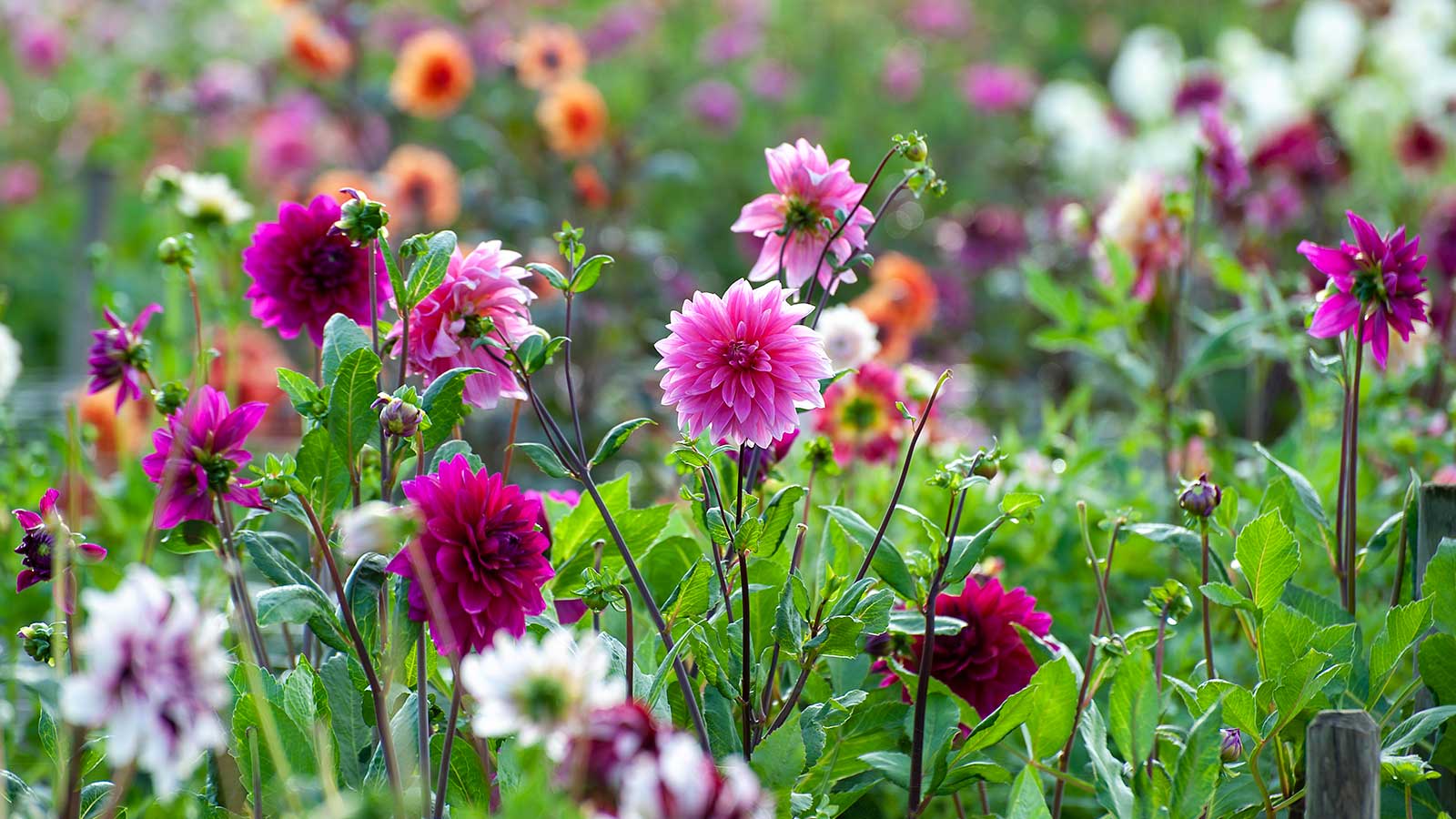
Trickier than others to grow, some of the best perennials can really test your nerves and gardening skills. Fussy about their soil type, climate or growing conditions, they can be off-putting for new gardeners and simply disregarded by others.
The comforting news is that often these outdoor flowering plants are widely known to have a reputation for being a challenge, and by tweaking their surroundings and care routine they can bloom happily for years.
Our horticultural experts share their insider tips for coercing these garden divas to thrive, so you can enjoy their floral charms.
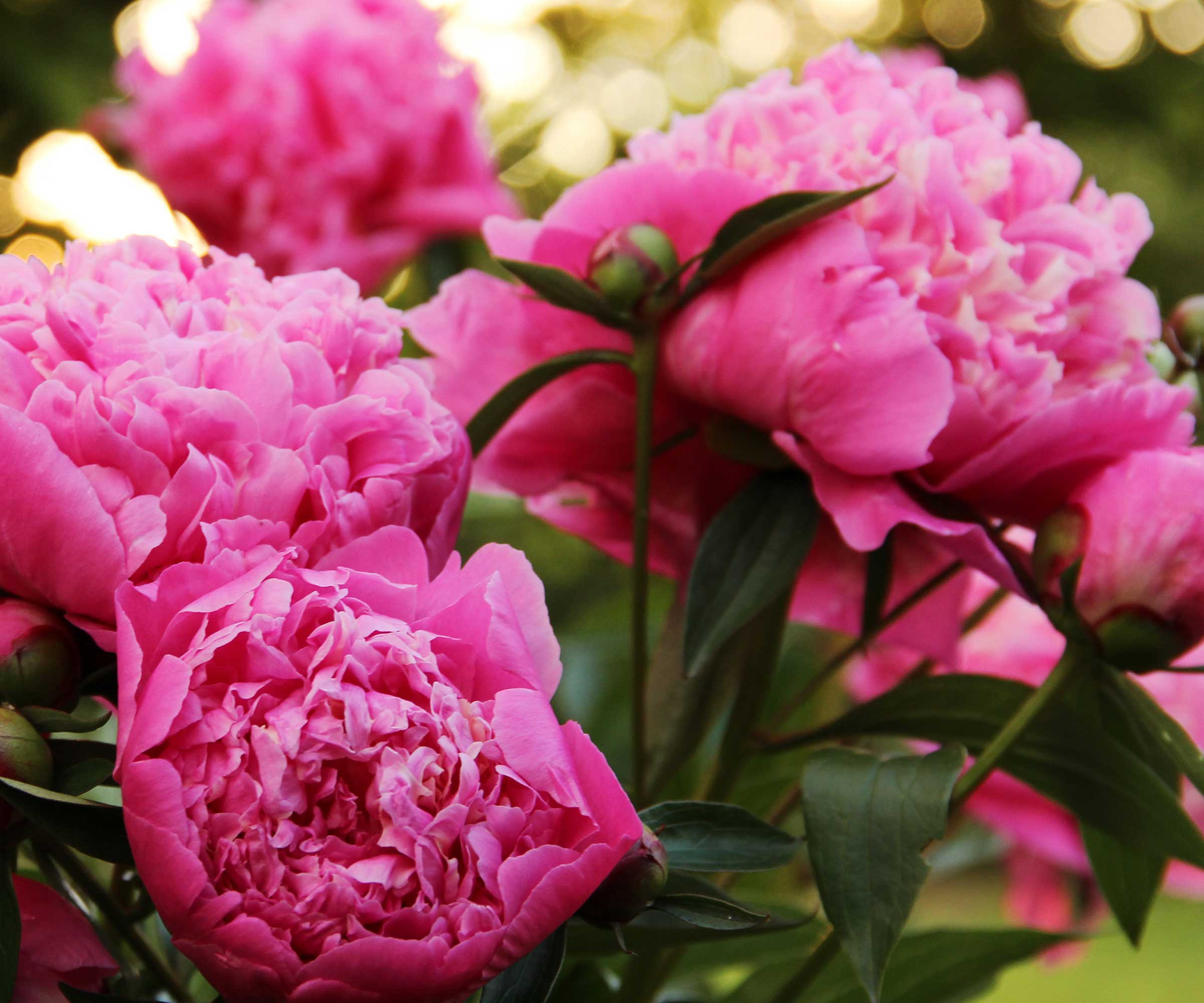
How to succeed with these 9 difficult perennials in your yard
‘Some perennials that are often considered harder to grow just need the right conditions and some patience to be able to fully enjoy their beauty,’ advises master gardener Tabar Gifford.
‘There are some plants I categorize as the Goldilocks of perennials – they need it just right to be successful. Too hot or too cold, too wet or too dry, too much sun or too much shade, and they won’t survive or thrive.’
1. Bearded Iris
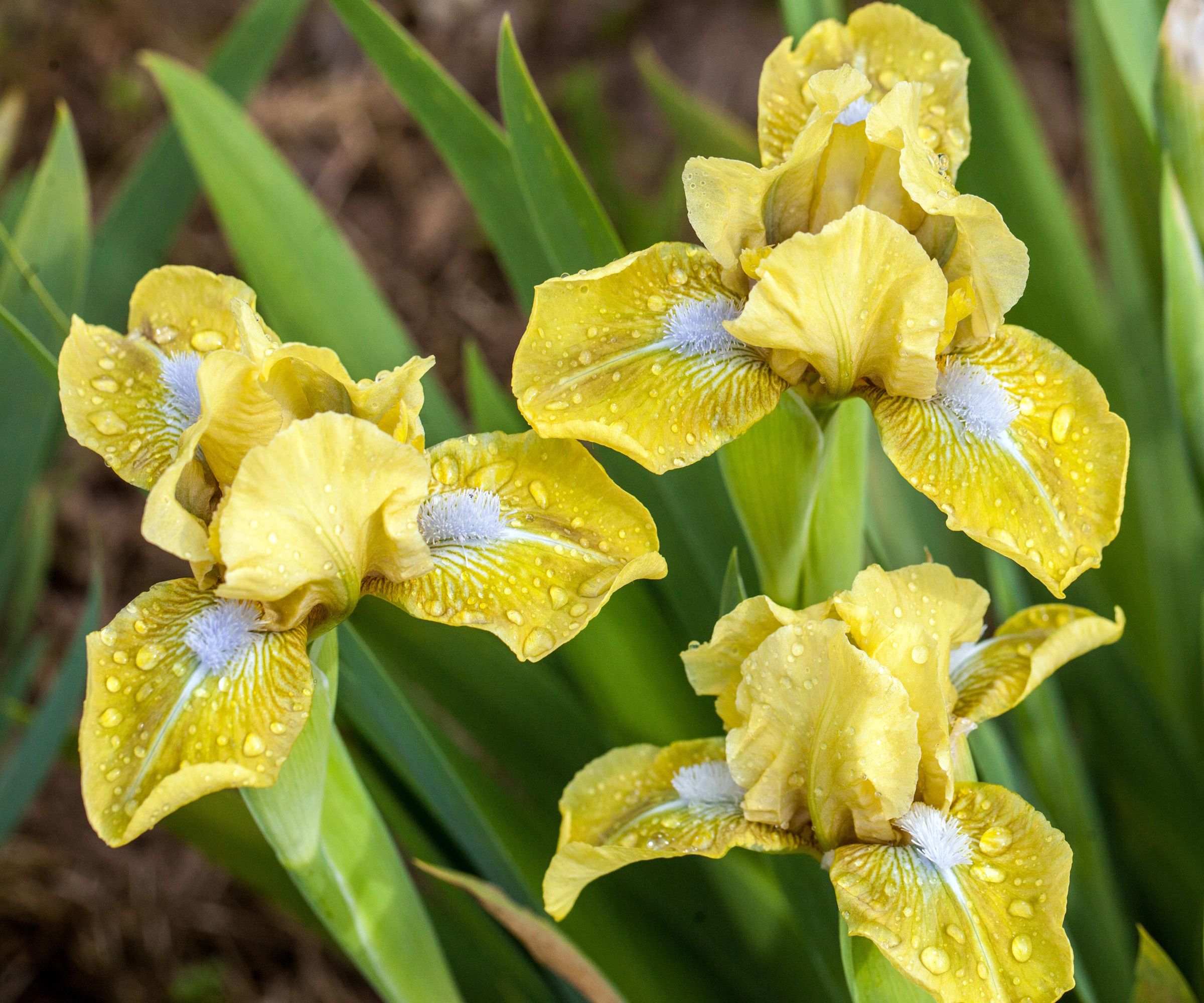
Although bearded iris are one of the oldest, most well-known perennials, they do have some common problems that can make them a challenge to grow.
‘Root rot is a common problem with bearded iris that is caused from either planting too deeply or planting in an area in which the soil does not drain well,’ says horticultural expert Katie Sunderlage. ‘To avoid root rot, it’s necessary the rhizome is planted only at 1-2inches below the surface of well-drained soil, adding organic matter if needed.’
These stately garden plants are also prone to insect and disease problems, particularly leaf spot, iris borer and aphids. Katie continues, ‘to prevent fungal leaf spot from forming, make sure to allow plenty of room between plants to avoid excess water moisture forming between the stalks. Aphids are also a common problem if plants are too close together or there’s lots of rainfall. Giving the plants enough room can help prevent aphids, plus introducing plants that will attract beneficial insects such as lady bugs can help keep aphid numbers down.’
Overcrowding is another common issue with mature iris plants. Katie says, ‘We recommend 15-18inches between plants for the highest rate of success. It’s also important that bearded iris are divided every three years to help maintain healthy growth.’
2. Border phlox
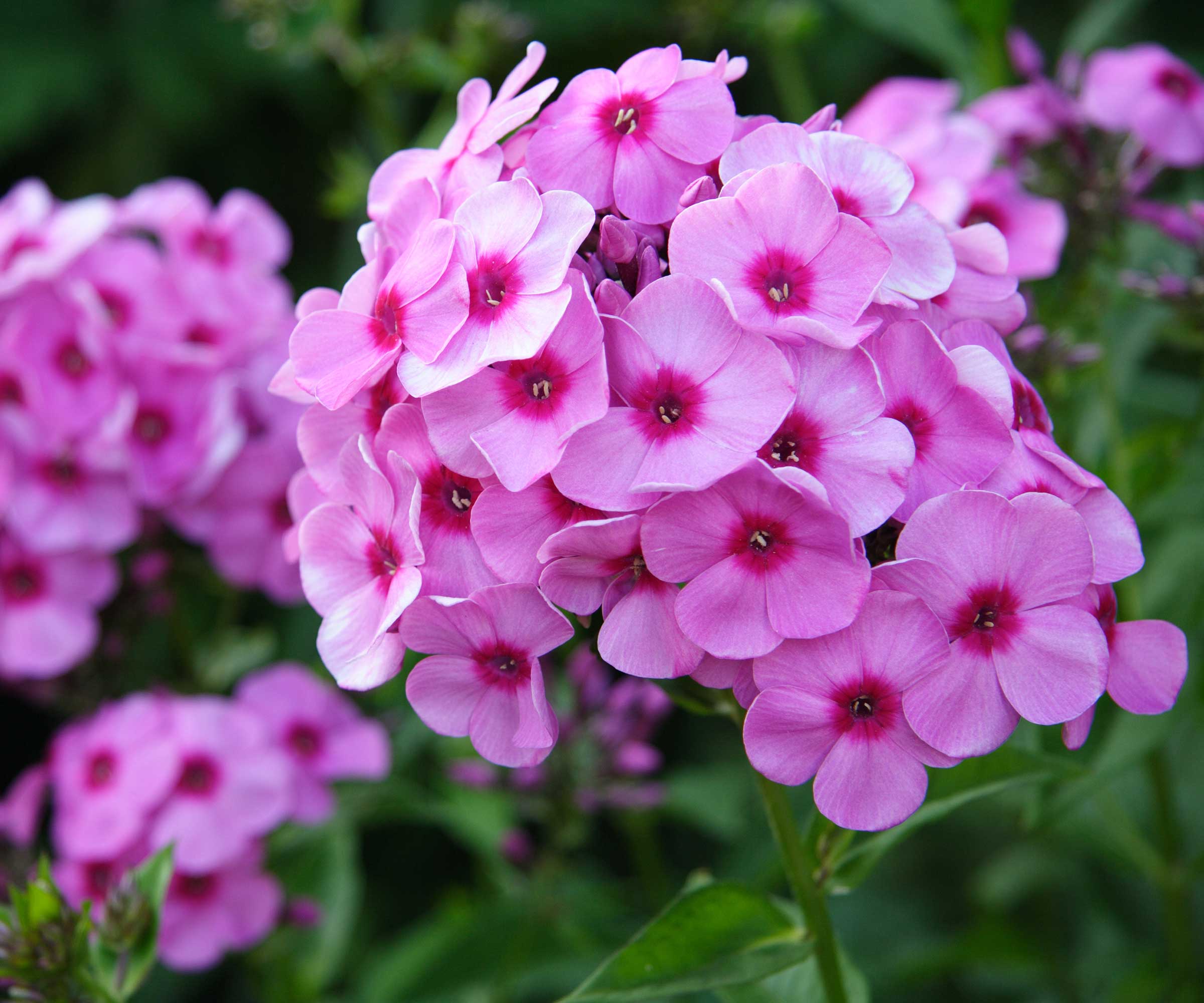
Also known as Phlox paniculata, these tall summer flowering perennials are amongst the most popular cottage garden plants. Reaching up to 6.5 ft tall in the wild, there are now many shorter cultivars bred to bring color and fragrance to garden borders. With flower shades ranging from red, white, blue, pink and deepest magenta, they dazzle for months on end, attracting a wide range of pollinators.
Unfortunately border phlox suffers from some common problems, as Katie Sunderlage explains. ‘One of the most widely seen problem with tall garden phlox is powdery mildew. A destructive fungal disease, powdery spots appear on the leaves and will eventually cause the plant to die back. To help prevent powdery mildew, provide good circulation between plants and make sure to not overcrowd the items when planted.’ Avoid planting in shady areas and opt for new varieties that are bred to be more disease resistant.
Spider mites are another common issue, as they feed off the plant and suffocate it with their webs. There are several ways to get rid of spider mites, but Katie suggests the following. ‘Generally worse during the hot summer months, make sure plants have plenty of air flow between them and also make sure they are planted in well-drained soil to prevent excess moisture from pooling at the bottom of the stems.’
3. Black-Eyed Susan
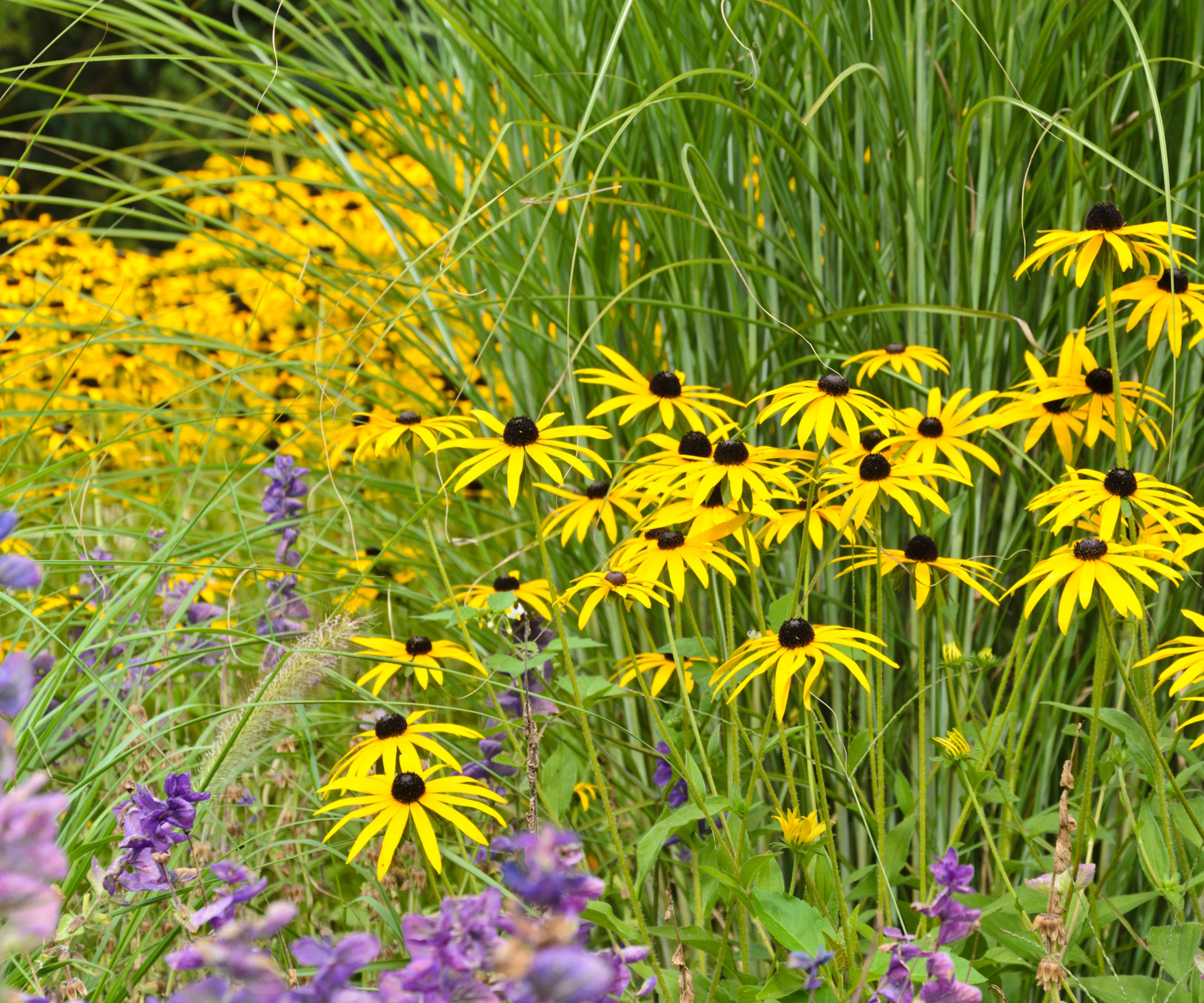
Black-eyed Susan or Rudbeckia goldsturm is a stunning perennial with its golden reflexed petals surrounding a black centre, topping straight, wiry stems. Popular in naturalistic and prairie style planting, as well as in herbaceous borders, this sun-loving plant attracts a wide number of pollinators.
‘Although this variety is a great addition to a garden it is highly susceptible to a variety of fungal diseases which can shorten the life span of the plant,’ says Katie. ‘The most common and destructive fungal disease is leaf spot. They will appear as rust colored spots on a leaf and can quickly spread through the entire plant. Spread by water droplets landing on the leaves, the easiest remedy is to make sure the plants are given enough room to grow.’
While fungicides containing copper can be used there are newer, more disease resistant varieties are now available. Katie suggests, ‘some alternatives to the 'goldsturm' variety are 'American gold rush', 'dreams' and 'little gold star.’
4. Dahlia
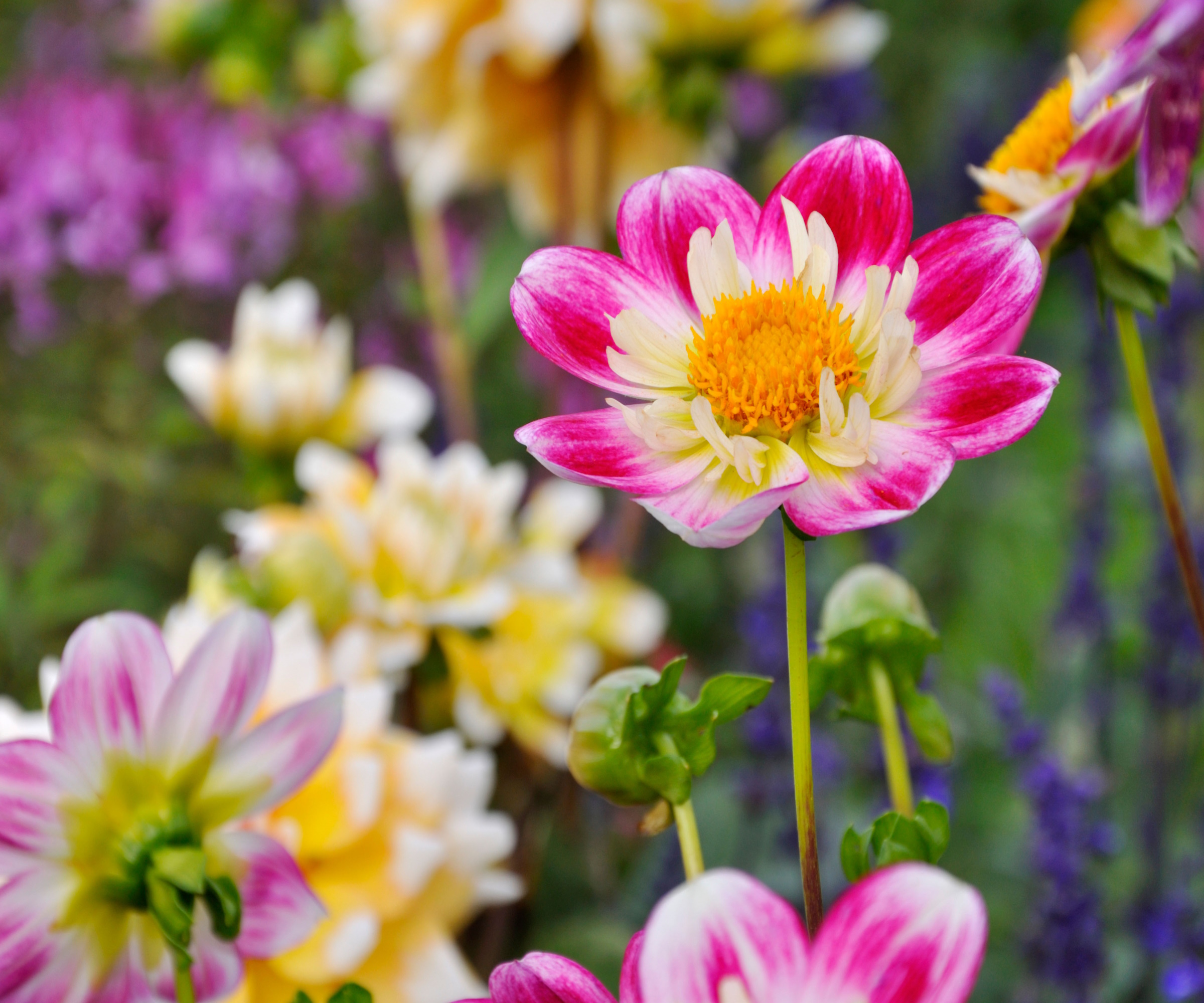
Grown from tubers, dahlias are brilliantly blowsy and come in a plethora of amazing colors, flower shapes and sizes. Whether you grow them in pots or borders, these blooms put on a dazzling show from mid summer through to the first frosts. Highly addictive and collectable, they are a plant to be highly prized but they can prove tricky get started and keep year on year.
‘Dahlias don’t like cold soil and shouldn’t be planted outdoors until the soil has warmed up,’ says plant expert Peggy Anne Montgomery. ‘You can start them early indoors or in a cold greenhouse, just don’t make my mistake and over water them, they will rot. After planting tubers, water well and then leave them alone until new shoots appear and they start to grow.’
Peggy Anne also says, ‘Don’t forget to stake the taller varieties, as the flowers are heavy and the branches will break from the weight.’ This set of bamboo canes from Amazon would be really useful for staking larger dahlia plants.
5. Calla Lily
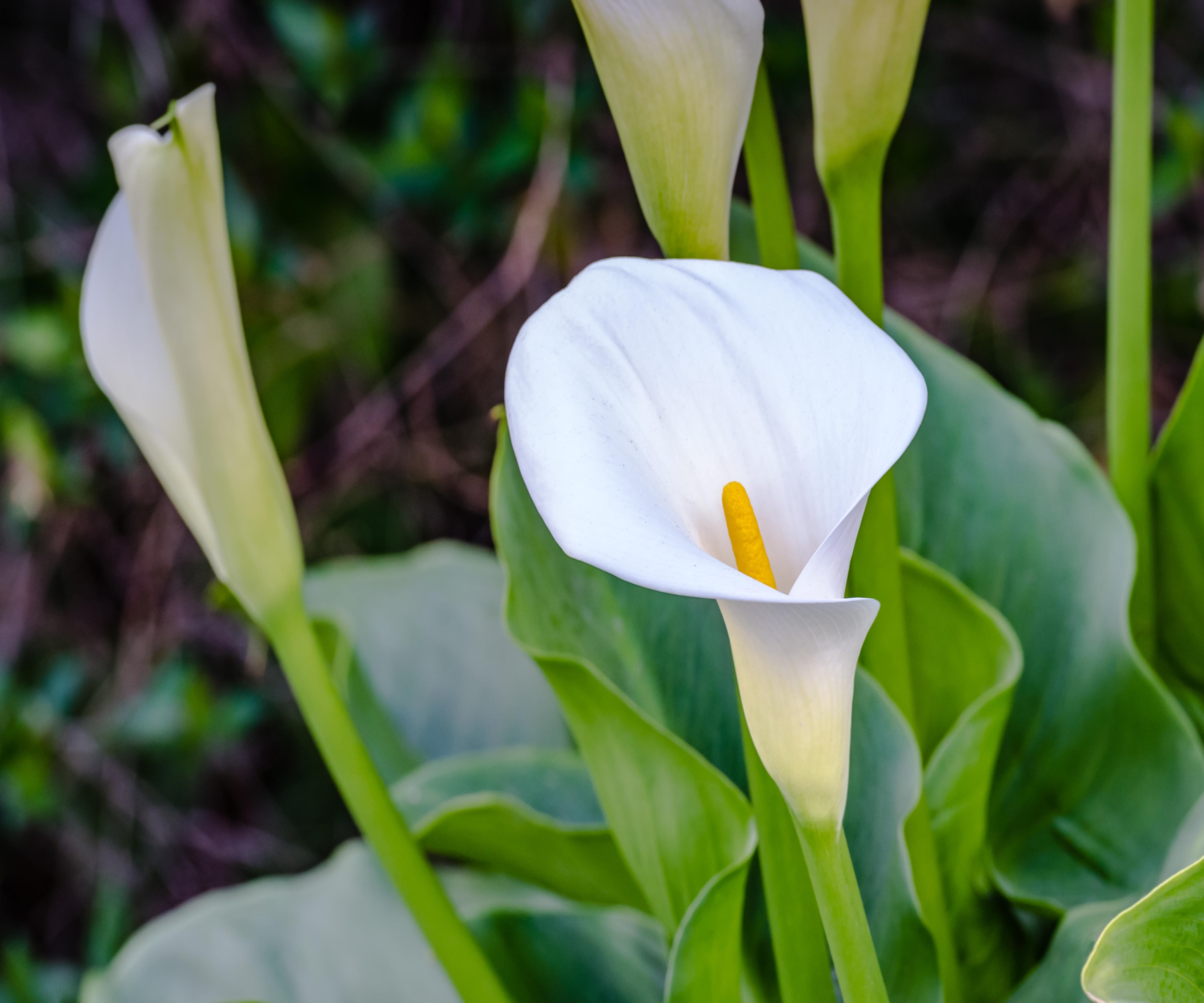
With their elegant, swirling flowerheads, these beautiful blooms are hugely tempting to grow but they can be problematic for some.
‘Some people find calla lilies difficult to grow or establish but with a few easy guidelines, anyone can be successful,’ says Peggy Anne Montgomery. ‘Don’t plant them outdoors until the soil warms up to about 50F degrees, the same time you would plant tomatoes outside. They like moist soil and will need about an inch of water per week.’
When it comes to positioning, part shade is best and helps keep the soil moist, but Peggy Anne does advise one key planting tip. ‘Don’t plant them too deep. It’s ok if the ‘eyes' are slightly exposed.’
She also adds: ‘Tubers generally need to be dug in late fall before freezing temperatures. I find them exceptionally easy to grow in containers and if I don’t get around to digging them in the fall, I just but new ones in the spring. Their price point is in line with premium annuals.’
6. Peony
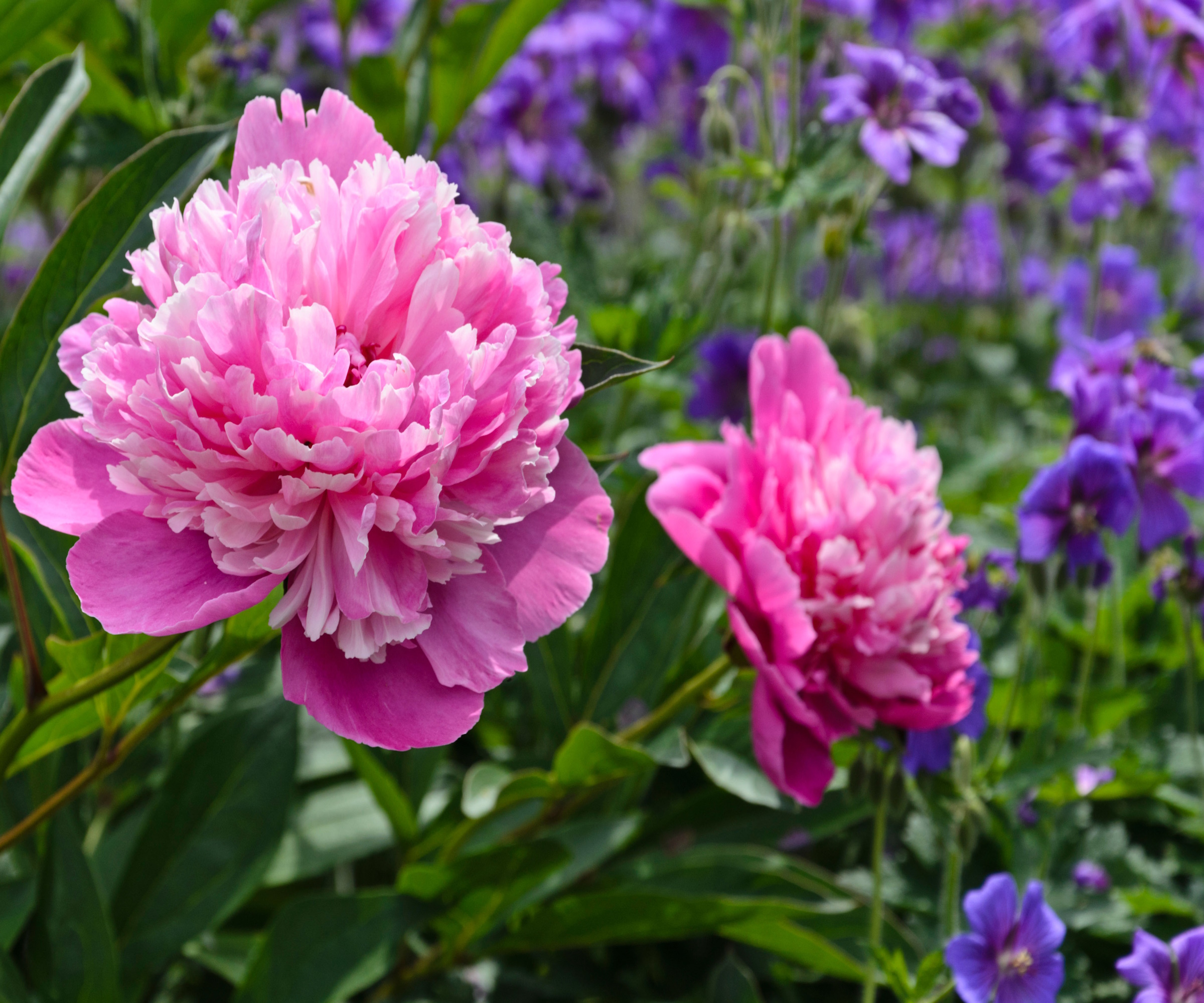
With their sumptuous, ruffled blooms, heady scent and fleeting beauty peonies are hotly desired in many gardens but their diva-like behaviour can prove a challenge. Is it worth persevering with these cottage garden beauties? Many experts think so.
‘Peonies require well-drained soil and consistent moisture, but they do not like to be waterlogged,’ says Tabar Gifford. ‘They also need a period of cold dormancy to bloom well, making them challenging in warmer climates. Additionally, peonies do not like being moved once established and require a few years to settle and start blooming profusely. The adage of “sleep, creep, leap” is especially true for peonies and they can take years to bloom when first planted, or when transplanted. Once happy and established they are long-lived perennials that will reliably come back year after year.’
Once peonies are persuaded to flower, there are still a few demands that need to be met. ‘Peony blooms can be very heavy,’ continues Tabar. ‘It’s a good idea to stake them or use a ring to provide the right peony support to hold them upright. You don’t have to stake them, but if you don’t, you’re going to have big, beautiful flowers nodding down in the mud.' These peony cages from Amazon are perfect for the job.
She also says, ‘Peonies also don’t like to be too crowded, so be sure to give them enough space and you’ll have years (even decades) of enjoyment from these spring blooming beauties.’
7. Trillium
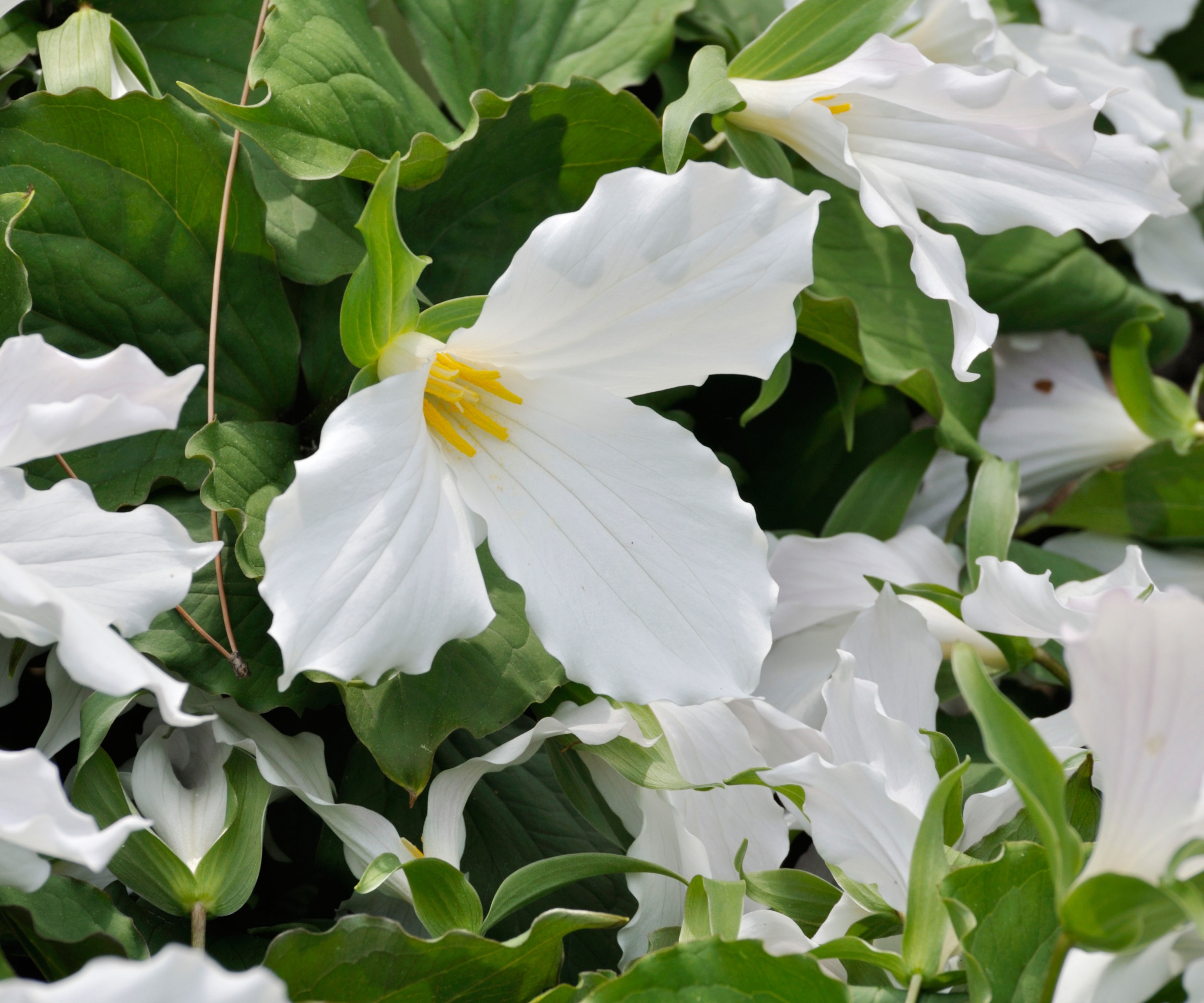
Whether you are seduced by their astonishing good looks or fancy a challenge, trilliums deserve a space in the garden.
‘Some of my favorite harder-to-grow perennials are the woodland wildflowers, which are typically ephemeral,’ says Tabar Gifford. ‘This means they will appear in woodland settings early in the spring before the trees have fully leafed out. If you can give these the right growing environment and be patient, you’ll be rewarded with some truly beautiful and unique blooms.’
Requiring very specific conditions to thrive, including rich, moist, well-drained soil, and plenty of shade there is a definite art in establishing these plants. Tabar explains, ‘Trillium grow best in a partly-shaded, deciduous woodland habitat and along wet areas in the forest. The further south they grow, the more shade they will require. Plant in a shaded spot, ideally under deciduous trees that allow dappled sunlight in the spring before the trees leaf out fully.’
8. Gardenia
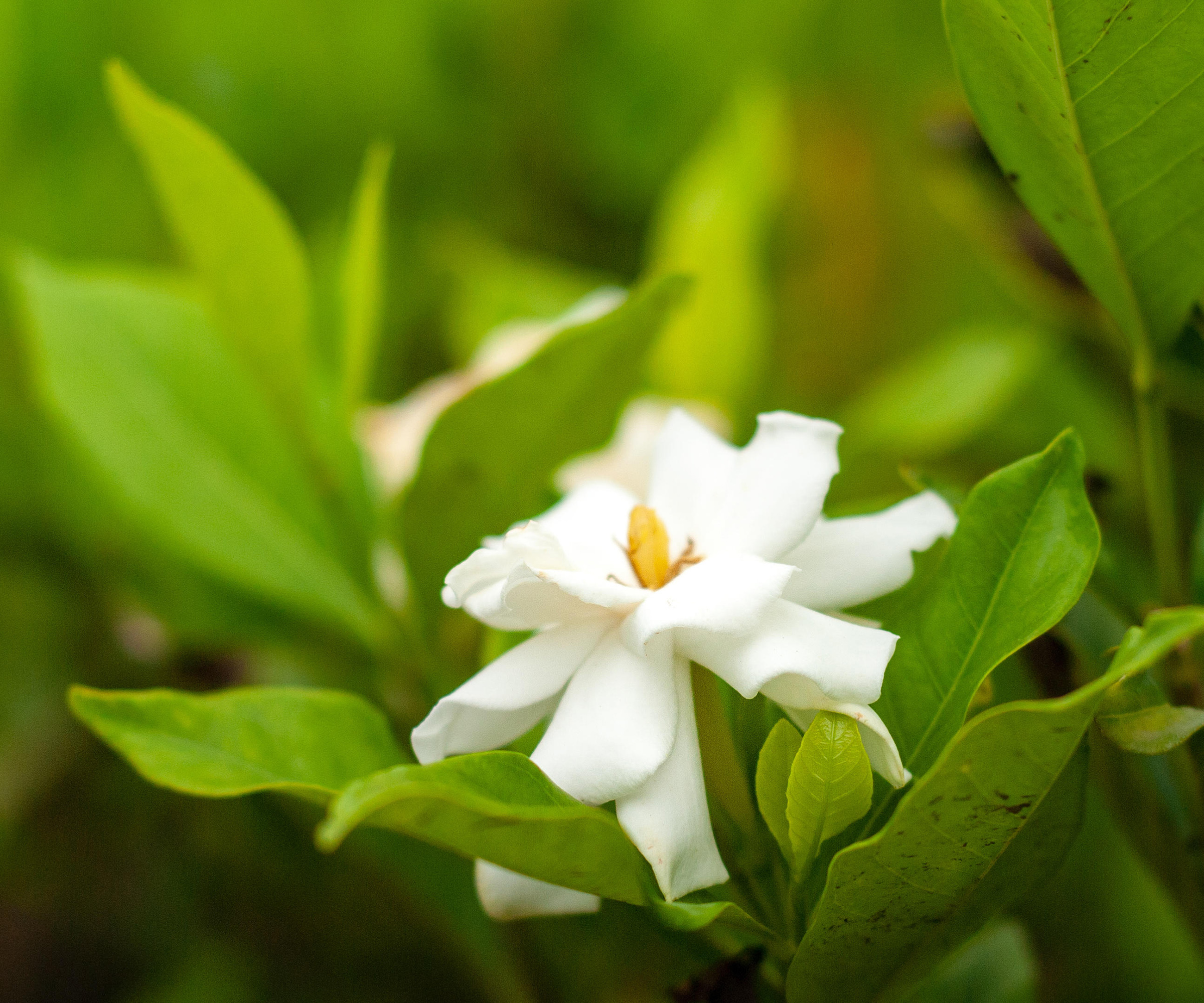
Gardenias, with their waxy creamy-white flowers and heady fragrance are a must-grow for many gardeners. With their blooms highlighted against the glossy, dark green foliage they are a standout shrub, but they can prove fussy and demanding. With some diligence and gardening know-how though, these humidity and shade loving plants can thrive and reward for years to come.
Originating from south Asia and subtropical Africa, these shrubs loath wet or waterlogged conditions but do need constant moisture to thrive. Best grown outside in USDA zones 8-11 and planted away from strong direct sunlight, they prefer continual temperatures between 60-65F or they will drop buds and refuse to bloom. Acid loving, soil needs to be rich in organic matter and of a pH from 5-6.
Diligent ongoing care is crucial for these long-lived shrubs. Knowing how and when to prune them is vital. As the roots are shallow, it’s also important not to disturb them once established.
9. Azalea
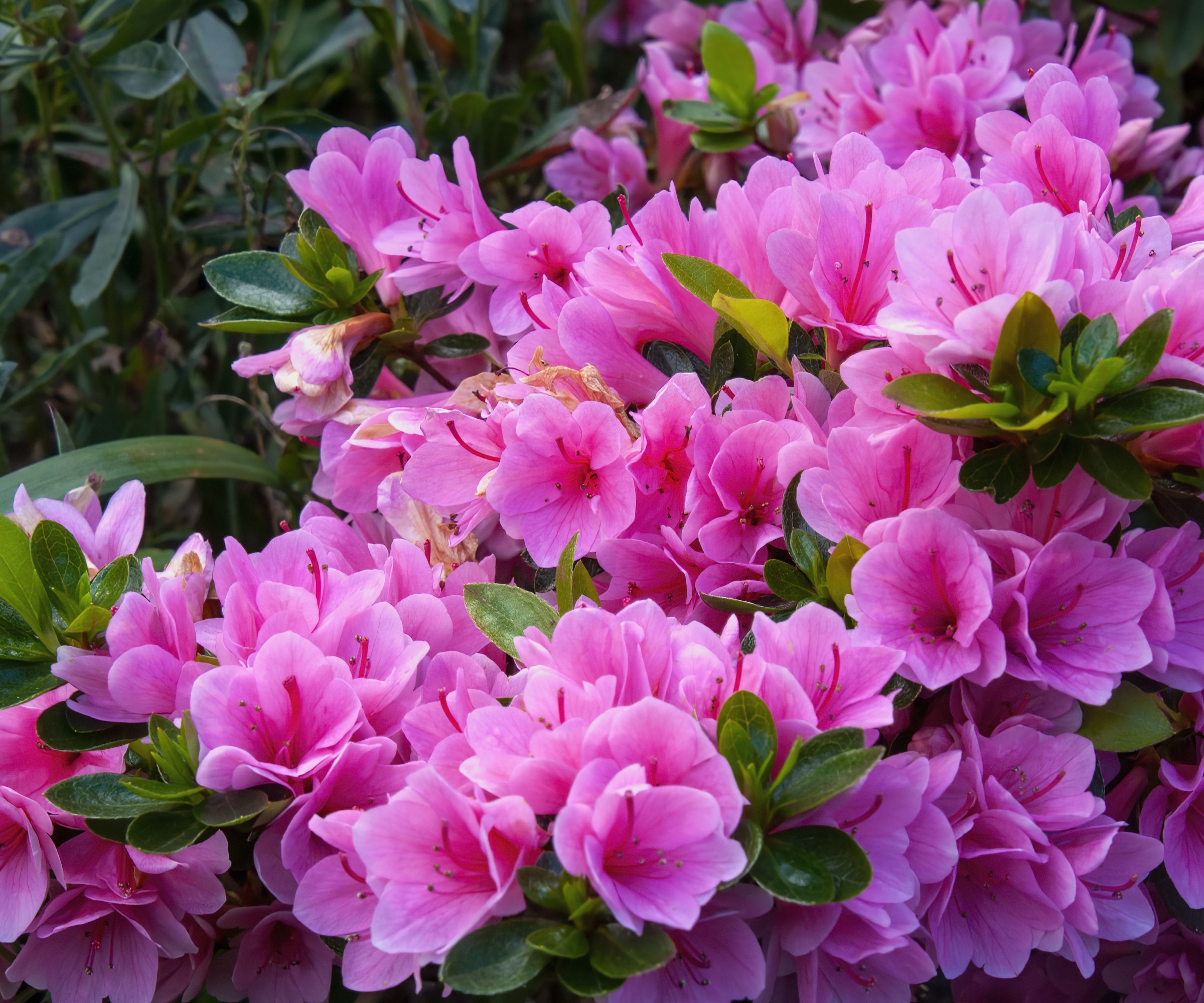
Perennial shrubs flowering from April to June, azaleas are best grown in a semi-shady spot, woodland areas or planters. With hundreds of varieties to grow, there are many dazzling colours to choose from including yellow, orange red to white, pink and purples. Ideal for bring a splash of vibrant color to the yard in spring and early summer, they can prove something of a challenge for many gardeners.
Discovering when and how to plant azaleas will show that these deciduous shrubs adore acidic soil. Try and grow them in neutral or alkaline, chalky conditions and you will soon struggle with yellowing leaves, weak growth and a substantial lack of flowers. This is due to the plant's inability to absorb iron in non-acidic soil. You can remedy the problem by supplementing the soil with peat-free ericaceous compost or acid fertilizer, such as this Miracle-Gro plant food from Amazon. Also, be sure to water with rainwater rather than tap water, which is likely to be too alkaline.
While many perennials are tricky to grow, others can prove a challenge because they grow too well, taking over your plot and becoming invasive. Discover which perennials to avoid in a small backyard and maybe opt for growing them in pots instead.







